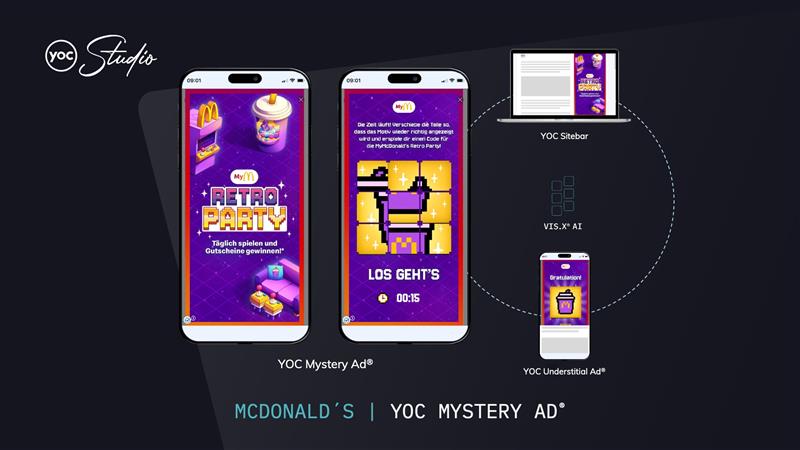Articles
Mobile First vs. Cross Device – Where Is Digital Presence Headed?
Smartphones have become our constant companions — and mobile data usage in Western and Central Europe has surged by over 560% since 2016. No wonder “Mobile First” became the go-to strategy. But is it still enough to reach users across their full digital lives?
October 2025

The Origin of the Mobile-First Principle
Let’s start from the beginning: In the early days of the internet, websites were designed primarily for desktop screens. Desktop computers were the dominant platform, so large layouts and complex designs made sense.
With the rapid rise of mobile devices in the 2010s, user behavior shifted dramatically — more and more people went online via their phones, and websites that weren’t optimized for mobile quickly lost relevance.
Mobile First emerged as a response: content should be designed first for smartphones. The guiding idea: less is more — fast load times, simple navigation, and a focus on core functionality. Only afterwards is the design expanded for larger screens.
The Key Advantages of a Mobile-First Strategy
- Improved user experience: Fast loading and intuitive handling boost satisfaction.
- Higher reach & engagement: Mobile now accounts for 53.7 % of online usage in Europe.
- SEO benefits: Google primarily indexes and ranks mobile versions of websites.
- Future readiness: With mobile use continuing to rise, Mobile First remains a solid foundation strategy.
Where Mobile First Reaches Its Limits
However, Mobile First also has its weaknesses: Conversion rates on desktop (3.9 %) are still significantly higher than on smartphones (1.8 %). Many users research on mobile but complete complex or high-value purchases on desktop. A purely mobile focus therefore falls short.
Cross Device: The Future of Digital Strategy
Cross Device means connecting advertising and user experiences seamlessly across all devices — from smartphone to tablet to desktop. Instead of focusing on the device itself, it’s about accompanying users consistently along their entire journey.
Why this matters:
- Non-linear journeys: Users research onmobile, compare later on other devices, and often complete the purchase on desktop.
- Consistent storytelling: Brand messages can build on each other across multiple screens.
- Seamless retargeting: If a user leaves an item in their mobile cart, they can be re-engaged seamlessly on desktop.
- Brand building: Especially in branding, multiple touchpoints matter — studies show that strong brand affinity emerges only after several interactions.
Cross Device doesn’t replace Mobile — it enhances it. Mobile remains central, but is complemented by other screens. Only the interplay across all devices creates consistent user experiences and a strong brand presence throughout the entire customer journey.
Our YOC Universal Display Solution shows how this works in practice. It connects mobile and desktop seamlessly — delivering high-impact ad experiences that accompany users across all relevant screens and strengthen brands along the entire journey.
And this is how it can look like in action:

The digital world doesn’t stop at a single screen – it thrives on connection, context, and consistency. Mobile First remains the foundation, but Cross Device brings everything together into one cohesive brand experience. To succeed today, brands need to reach people wherever they are, with messages, that inspire and perform seamlessly across every device.


